What if you could see the future of your city, not through sterile blueprints and complex diagrams, but through vivid, photorealistic images? As urban planners (well, that’s my university degree anyway) we always had the challenge of effectively communicating our ideas to the public. But the advent of AI-supported image generators, like Adobe Photoshop's latest generative fill feature, may just have revolutionized the process.
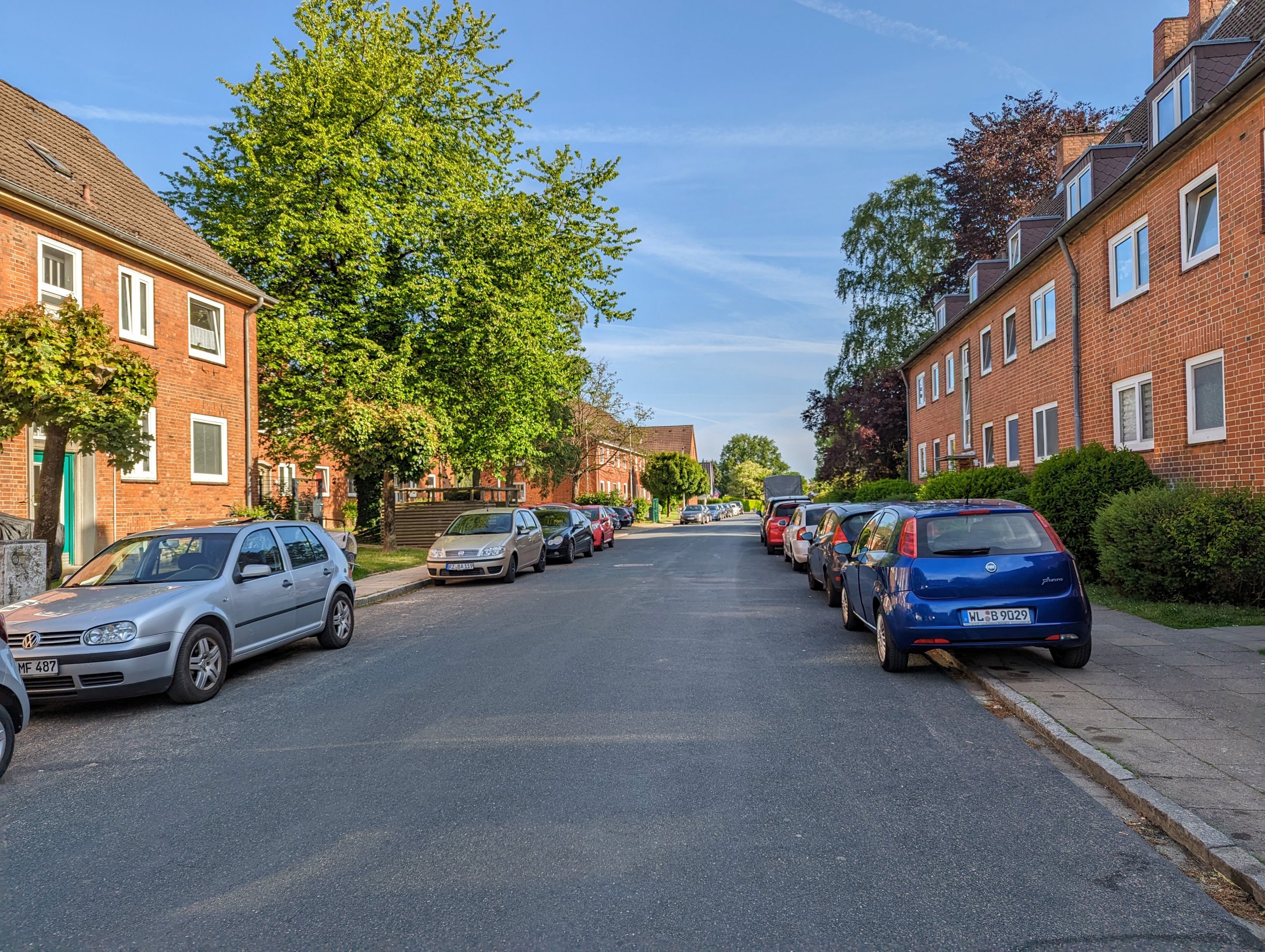
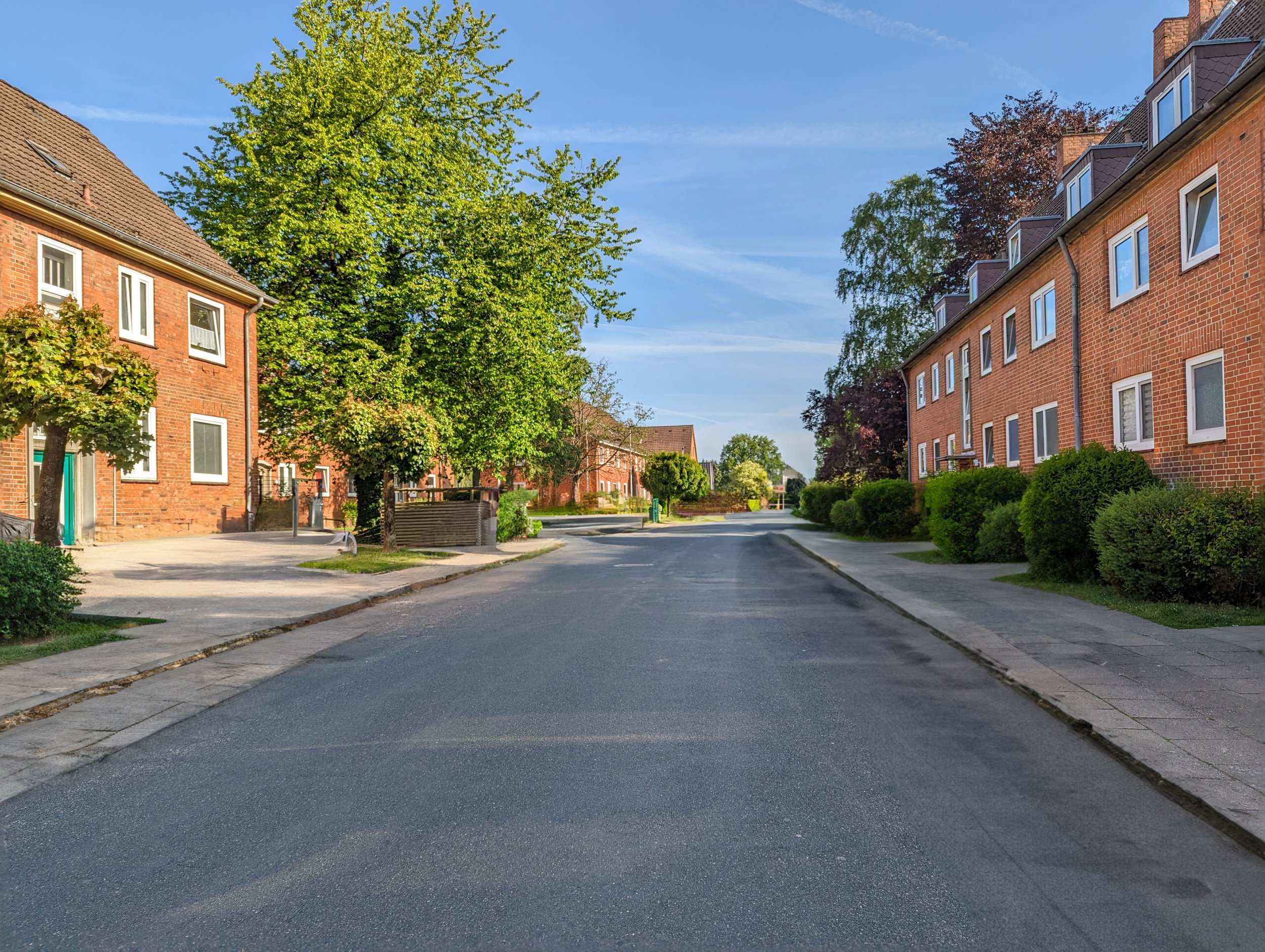
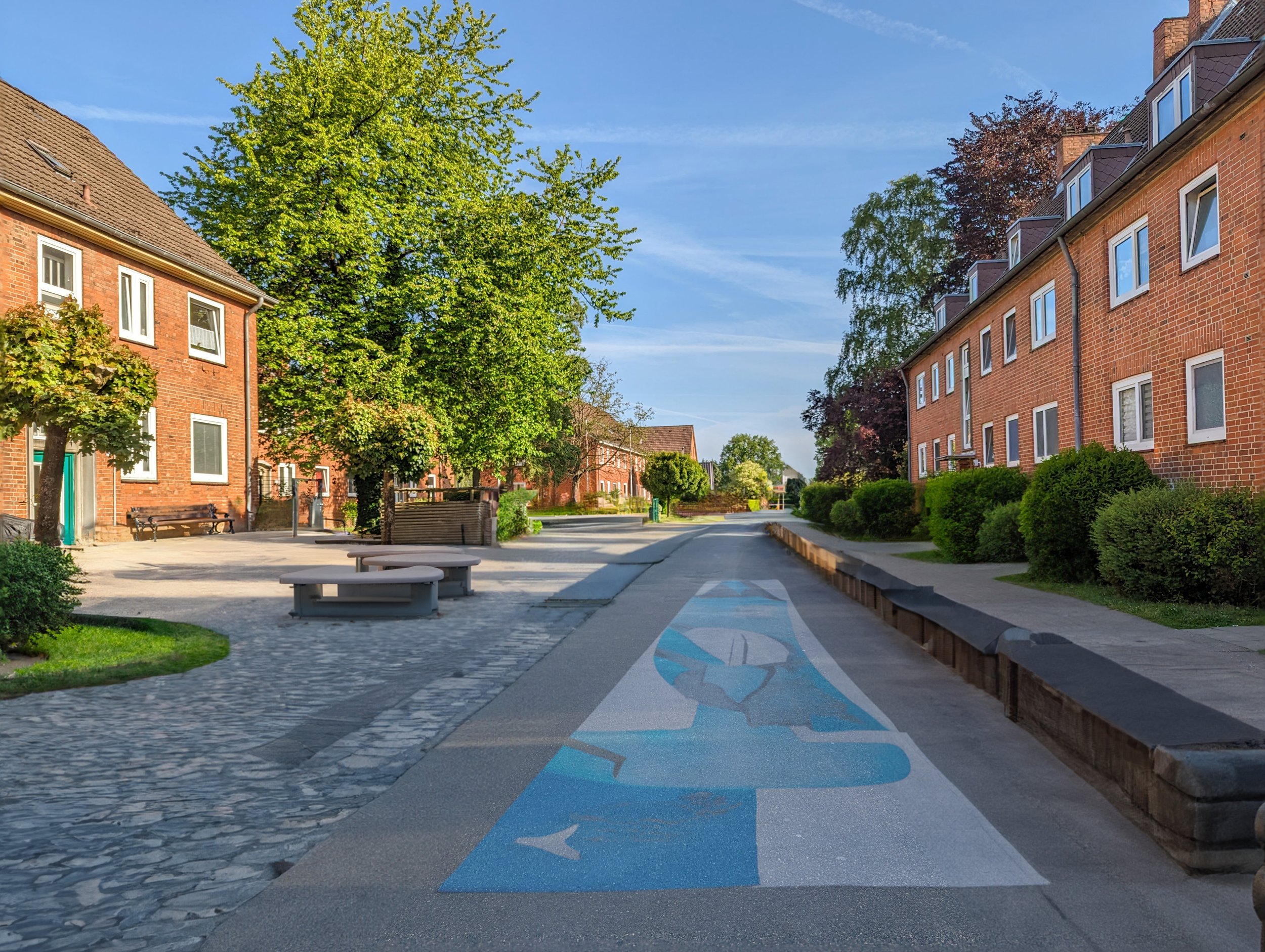
The new generative fill feature in Adobe Photoshop uses AI to generate realistic, detailed, and context-appropriate infills based on a given textual description. Imagine typing "park with a children's playground, bike path, and picnic tables," and then watching as the software generates a lifelike image of just such a park. This technology has the potential to radically change the way we design our cities and communicate these plans to citizens. It's a shift from abstract, hard-to-interpret plans to dynamic, relatable, and tangible visualizations.
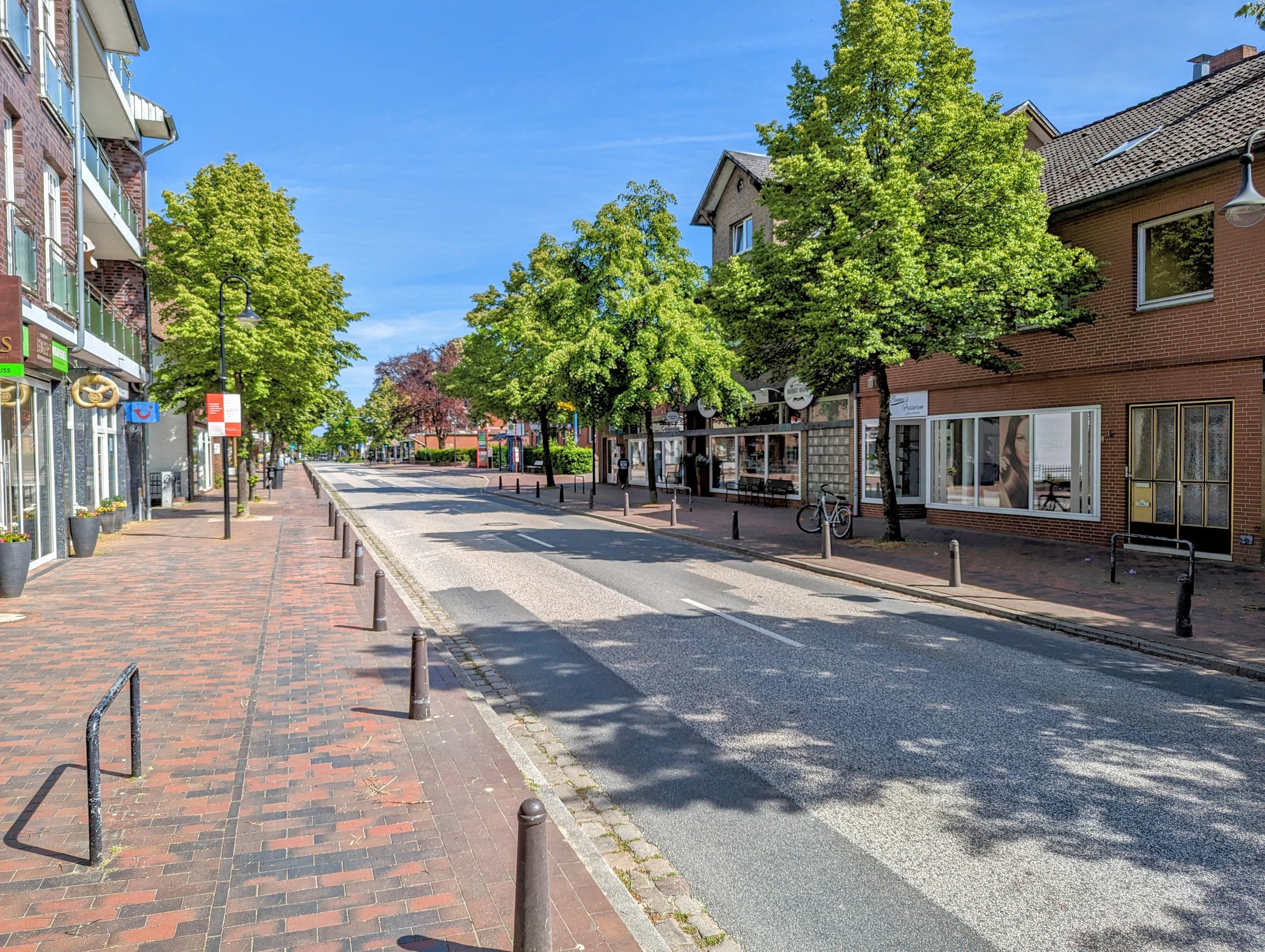
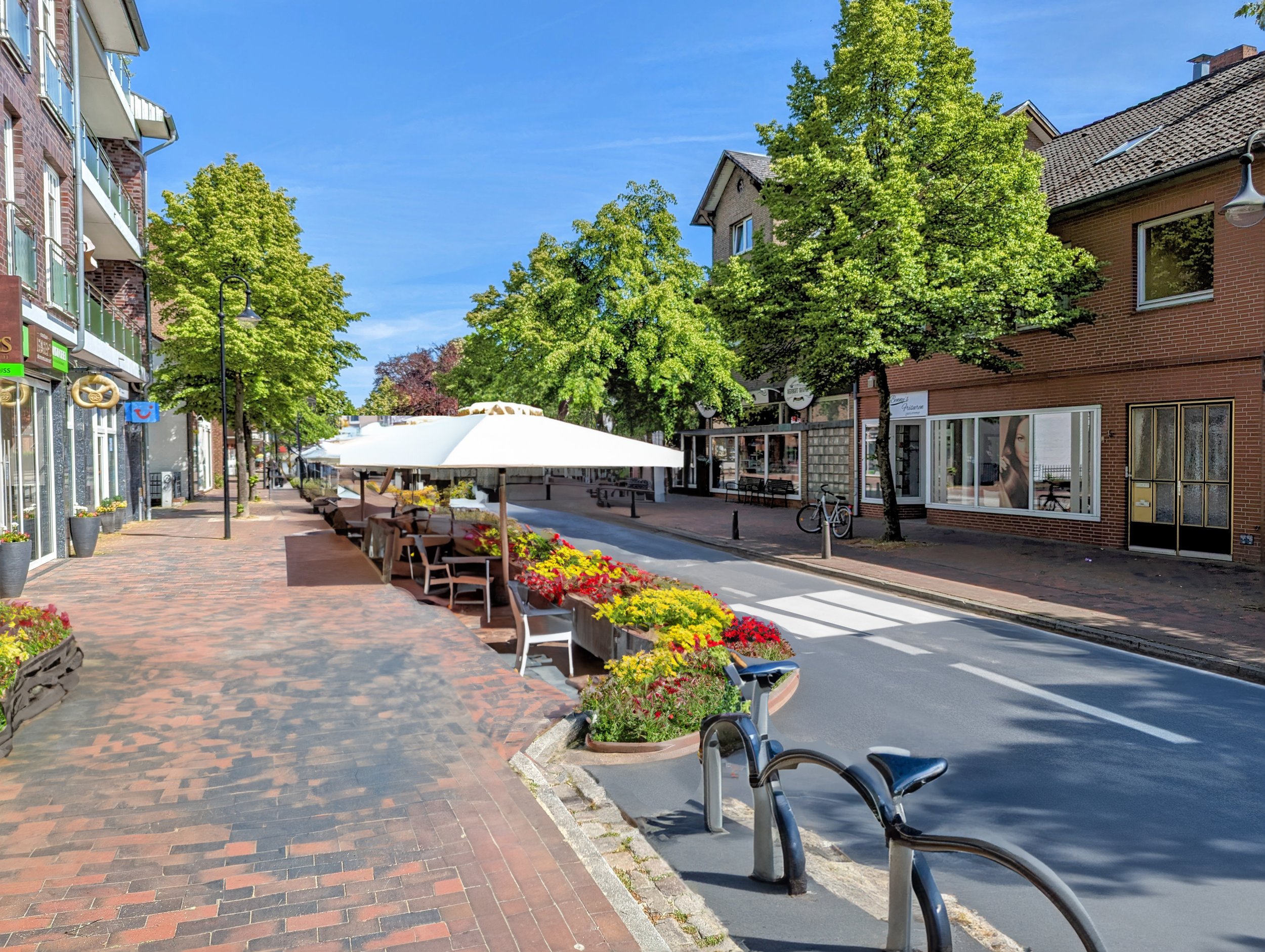
This new tool brings public participation to the forefront of urban design, allowing citizens to visualize proposed changes in a much more intuitive and engaging way. The generative fill feature takes the conversation about urban development out of the realm of jargon-filled technical drawings and into a space where everyone can understand and contribute. This will inevitably lead to more informed discussions, more robust feedback, and ultimately, better designs that resonate with the people who will be using these spaces. Urban planners could even make this an interactive part of public hearings.

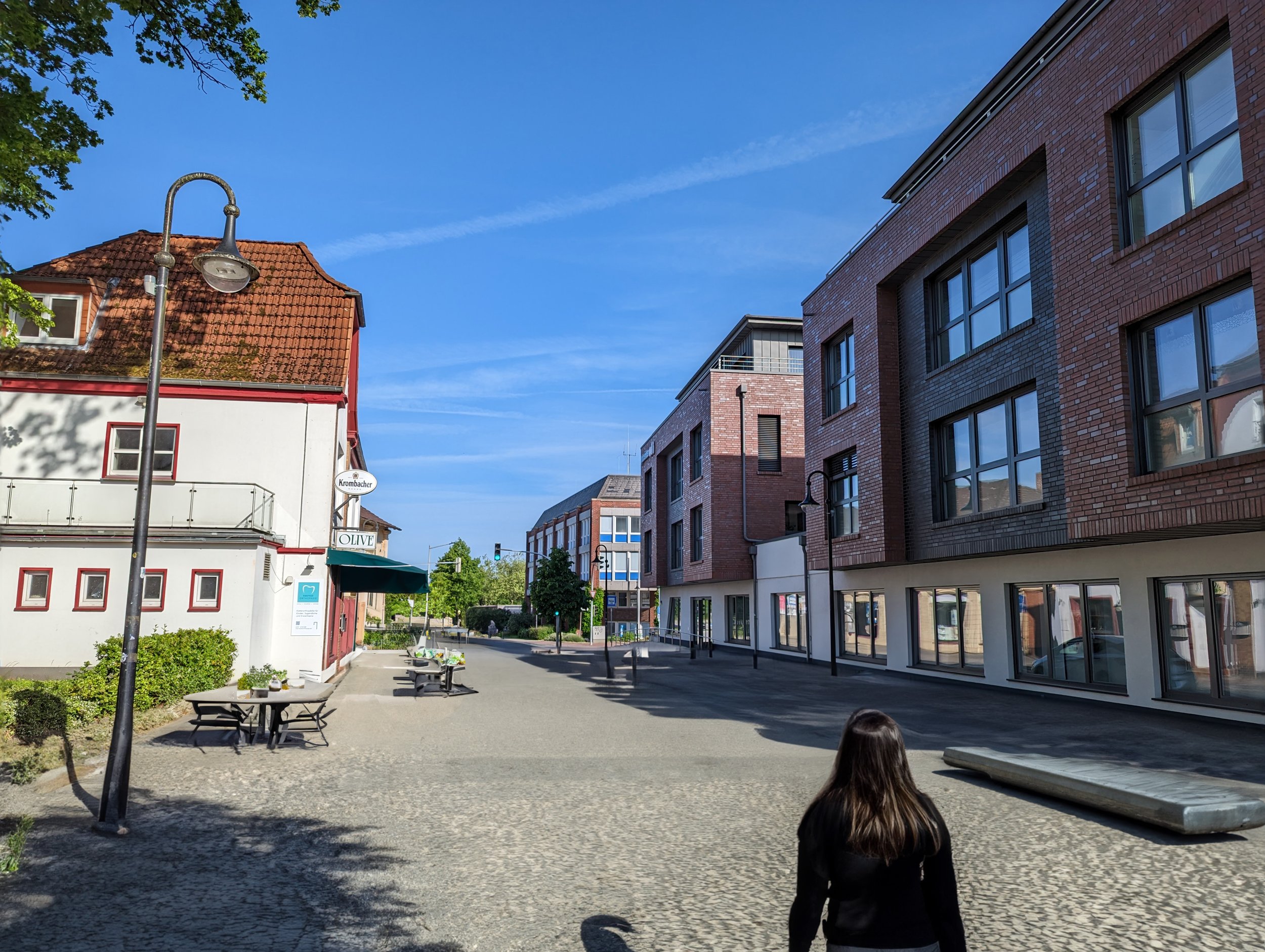
Recently, I had the chance to experiment with this feature using images from my hometown in Northern Germany. I was able to reimagine our town center into something much more livable — all in just about 20 minutes per image.
The results were astounding. Not only did the AI create images that were photorealistic-ish, but it also adapted perfectly to the surrounding environment, respecting the architectural style of the buildings, the quality of the light, the scale, and the overall context.
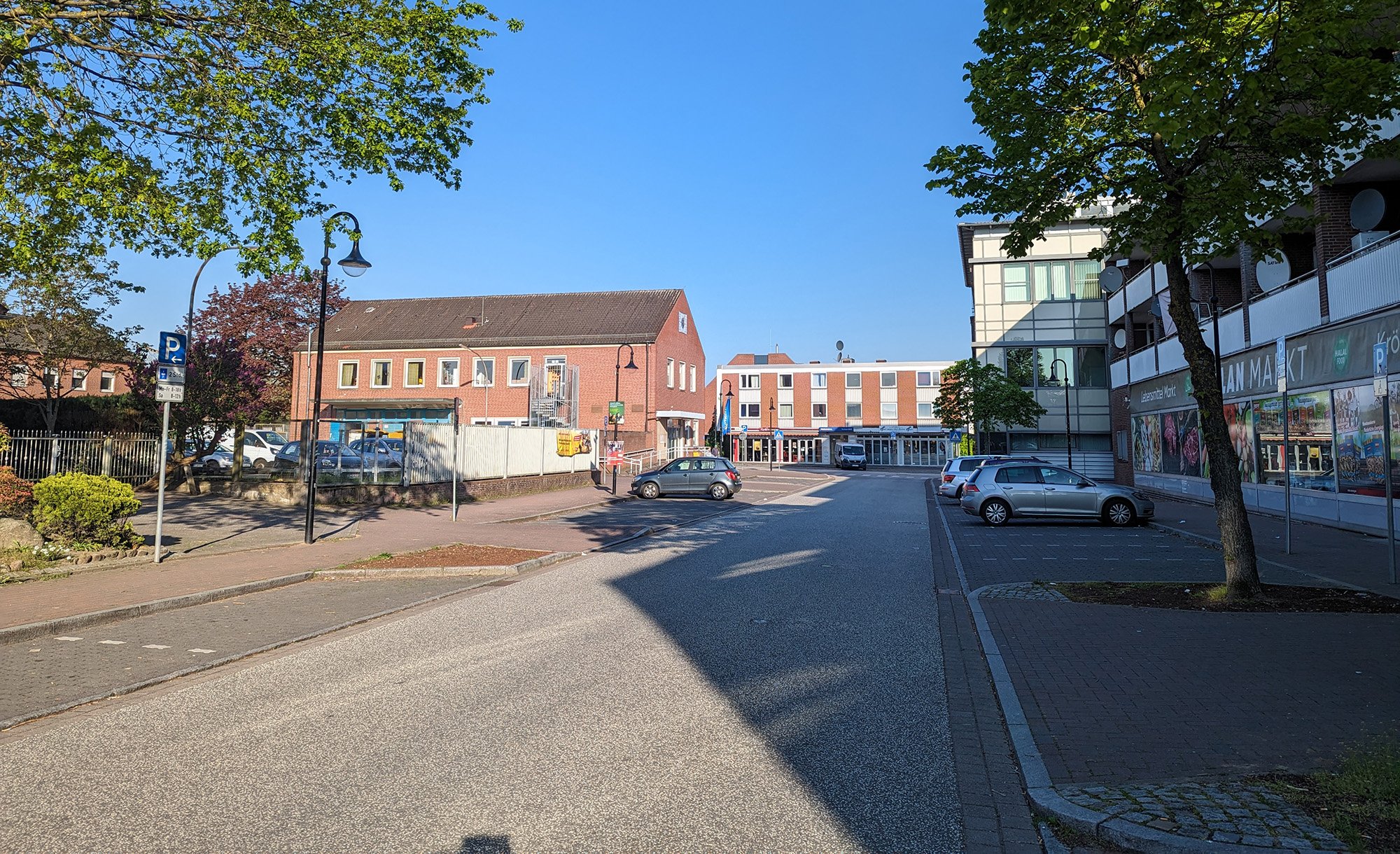

The potential for this technology in urban planning is immense. It provides a quicker, cheaper, and more approachable alternative to traditional 3D visualizations. It allows us to trial and experiment with different designs, to visualize the impact of potential changes before they happen, and to involve the public in the process in an unprecedented way.
The Adobe Photoshop generative fill feature is not just a new tool in architects’s or urban planners toolboxes. It’s a potential game changer, promising to make their work more inclusive, more accessible, and more impactful.